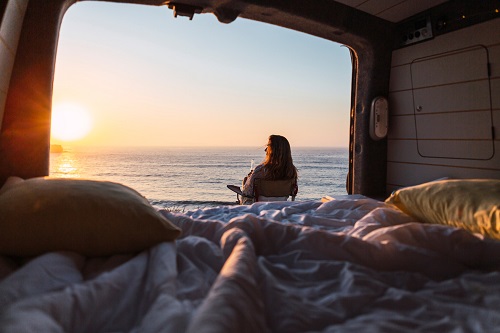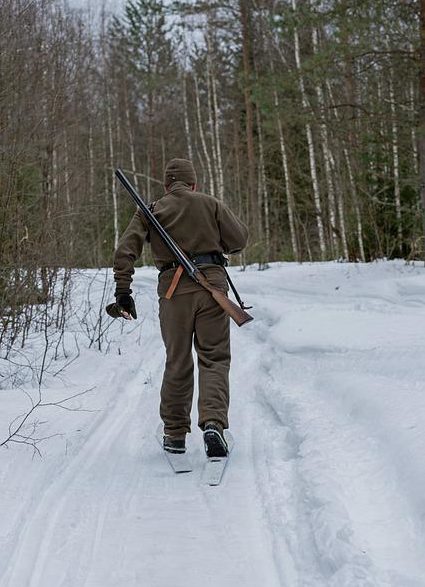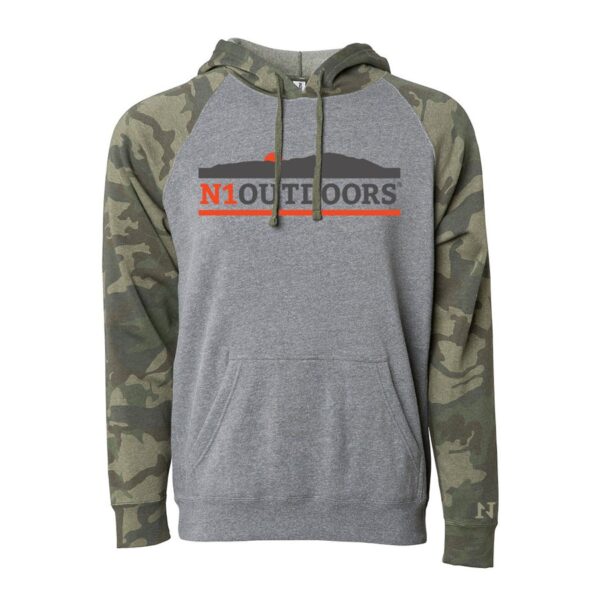“Car camping” describes a camping style that allows you to drive your vehicle to your campsite, as opposed to backpacking with all your gear to a non-vehicle-friendly destination.
Many people prefer this type of camping for its convenience, affordability, and complete flexibility.

You can pack your car full of your camping equipment, drive directly to a camping ground or camper-friendly park, and set up your ground tent or rooftop tent while using your vehicle as a storage facility for the duration of your stay.
However, if you’ve never been car tent camping before, it’s difficult to know how to plan for such a trip, especially regarding the best equipment to buy and what you’ll need.
So, if you need a helping hand planning your next car camping adventure, the following information might prove helpful.
How to Choose a Car Camping Shelter
Where you’ll shelter from the elements is one of the most crucial considerations when you start planning a car camping trip.
If you like the idea of luxury car camping, a rooftop tent from a leading stockist like iKamper might be worth your consideration.

Rooftop tents can bring a luxury component to car camping. They allow you to free up valuable vehicle space as well!
A rooftop tent keeps you and your possessions elevated off the ground and provides a layer of security that a ground tent generally can’t offer.
In addition, you also free up precious space in your vehicle, since you can store all your bedding and sleeping supplies on the roof rather than in the cabin.
No matter your choice, there are several factors worth factoring into the decision-making process, such as the following:
Car Camping Tent Size
Tents come in all shapes, sizes, and styles, and not all will suit your needs. Consider how many people will typically form your group, and make your purchase accordingly.
Many of the best rooftop tents have a sleeping capacity of up to four people, which might be more than enough space.

When considering the purchase of a rooftop tent, be sure you consider not only how many people will be in your camping party, but also the type of weather you will be camping in.
Seasons
Most people prefer to camp during the warmer months, but winter camping presents many benefits, such as smaller crowds, fewer bugs, and higher chances of being permitted to light campfires.
Alongside ensuring you have warm clothing to layer, it also might help to consider your camping shelter’s rating for the seasons.

Whether camping in a traditional tent in a rooftop tent, campfires are certainly one of the best parts of a camping trip!
Some shelters are four-season rated for year-round use, while others are better suited to summer and spring conditions. So, be sure to check this information before making your purchase to ensure your comfort at any time of the year.
Quality
It can be tempting to buy a tent based on its price alone, but a competitive price tag doesn’t always equate to a quality tent. Consider the available features that might contribute to a camping experience that’s memorable for all the right reasons.
For example, many high-quality rooftop tents come with quilted insulation to reduce condensation, thick poly-cotton canvas to block light, and windows for ventilation.
The more well-made your tent, the more comfortable you might be and the fresher you might wake up for activities like hiking.
Benefits of Car Camping
When you see luxury motorhomes pulling up at campgrounds, with the occupants enjoying a comfortable home away from home in nature, you might wonder why you’d choose to go car camping. There can be many desirable benefits associated with this camping style compared to others.

Being away from home doesn’t mean you can’t “camp in luxury.”
Affordability
Even the best traditional or rooftop tent on the market is a mere fraction of the price of a motorhome. So, when you don’t have a large budget, you can revel in the convenience of still being able to go camping, even if you don’t have tens of thousands of dollars to spare.
You Don’t Have to Unpack
While hiking or backpacking your way to a camping destination can be rewarding, it can be frustrating having to pack and unpack at each site you visit.
Car camping gives you the freedom to leave all your camping essentials in your car.
If you have a ground tent, you can keep this within an easy-access part of your vehicle cabin, and if you have a rooftop tent, there’s typically no unpacking required.
You Can Carry More
Accessing off-the-beaten path campgrounds can be a rewarding experience for the average hiker, but it can limit how much equipment you take.
Sometimes, you have to choose between comfort and convenience, which might impact your ability to enjoy your experience in earnest.
Car camping allows you to take as much equipment as you can fit in your vehicle, such as sleeping supplies, cooking equipment, and other activities to pass the time.
#ad
What to Take When Car Camping

Packing for your very first car tent camping experience can be exciting, especially when you’re heading somewhere new. Before you set off, make sure you’ve got the following equipment…
A Form of Shelter
Protection from the elements can be crucial in the great outdoors. Pack a tent that will protect you from wind, rain, UV rays, and wildlife.
Some people prefer the rusticity of ground tents and simple tarps, while others like the comfort and luxury of rooftop tents.
Cooking Equipment

You might not be close to any eateries on your camping adventure, so pack equipment you can use to prepare nutritious meals.
A camp stove is essential for beginner and seasoned campers, along with cups, plates, bowls, and cutlery.
Don’t forget the ingredients you’ll need for delicious camp food, like tacos, breakfast sandwiches, campfire nachos, and smores.
#ad
A Source of Heat
A heat source can be crucial for comfort while camping in colder climes. Check your campsite’s rules on lighting campfires and consider alternative heating sources like camp-friendly heaters, battery-powered blankets, and reusable hand warmers.
#ad
Bedding
A sleeping bag is essential on any camping trip. Make your purchasing decision based on the elements. For example, a winter-rated sleeping bag can be vital if you’re considering winter camping in the snow to take advantage of ice fishing opportunities.
Extra blankets might also assist with comfort and heat retention.
It’s also worth considering your sleeping base. A stretcher, foam pad, or air mattress is often necessary for a traditional tent, while rooftop tents typically come with a plush bed pad designed for comfort.
Final Thoughts on Car Camping
Car camping can be a fun experience for families, couples, individuals alike (and even pets), especially when you can connect with nature and enjoy the great outdoors.
When planning your next camping trip, consider the information above to enjoy as many conveniences and comforts as possible.













































